Attracting the luxury traveller – TBEX Luxury Tourism Panel
I am currently attending TBEX Europe 2023 (a conference for travel bloggers and content creators) in Kalamata, Greece, and have just been on the Luxury Tourism Panel talking about ‘Attracting the luxury traveller’, an event chaired by Anton Diaz with fellow panellists Shouq AlShirazi and Christos Balogiannis. For reference for anyone attending (and indeed anyone who wasn’t there but is interested!), the following blog post covers some of the topics we discussed, and some of the answers I gave (and maybe even raises some points that I didn’t get to make in our 50-minute panel!).

How do you reach luxury travellers?
Before answering this question, we need to recognise there are many different types of luxury traveller and it’s not necessarily a ‘one size fits all’ answer to the question. There are many different facets to luxury travel. It’s therefore important to know who your target audience is, what they are interested in, and what motivates them to travel.
But with that said, of course, there is the mainstream traditional media – the national press and luxury travel print magazines: Conde Nast Traveller, Travel + Leisure, and so on, as well as other niche print publications (eg. Yachting, Golf Magazine) or more high end publications that you might not encounter so much (eg. Elite Traveler which is sometimes available on private jets).
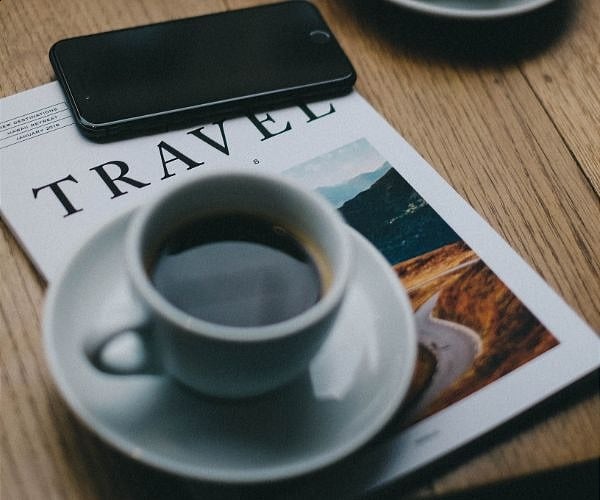
Whilst print coverage is great, it won’t come as a surprise to people that I favour online marketing, and most print publications nowadays embrace online media also. I think you can better tailor your reach online, and get much better trackable value. Your own website should be your first port of call when it comes to reaching luxury travellers but you can cast the net wider through the various social media channels. I personally favour Facebook and Twitter for my readers, but anything that is visual (and helps with that initial eye-catching ‘hook’) and reaches your target market should serve you well if you invest time in your audience.

If your own website or social channels are not that well established, or if you want to look beyond the reach of your own audience, then collaborations with niche influencers whose focus in on high end travel (and whose audience consists of luxury travellers) can be beneficial and enable you to extend your reach to new potential customers.
Using paid advertising channels, such as Google AdWords, to target luxury travelers who are searching for high-end experiences can be rewarding. The total sale value of a luxury holiday is invariably high so it’s worth experimenting in this area to find out what works for you.
Attending luxury travel events should also not be overlooked. There are many of them and, whilst they are not usually geared towards consumers, they nevertheless provide a great opportunity to network within the industry and build long-lasting relationships, learn new things and keep up to speed with changes in the industry.
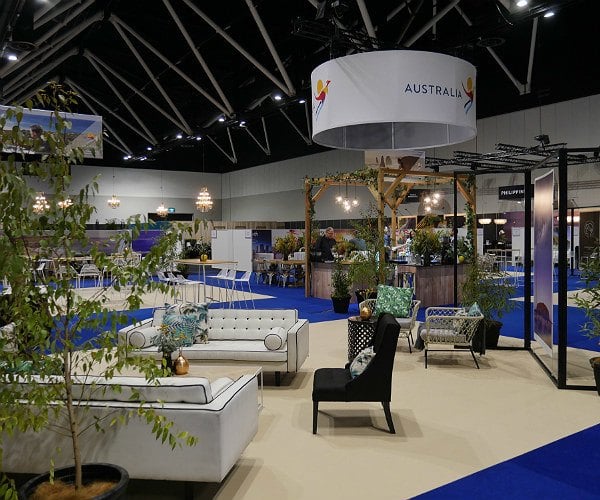
Last but by no means least, word of mouth – possibly the most powerful marketing tool we have at our disposal – should not be under-estimated. Luxury travellers will often rely on recommendations from friends and family, as well as utilise online reviews to make travel decisions, so it’s imperative in the luxury travel industry to surpass all expectations in order to ensure you generate the right outcomes. Encouraging satisfied clients to share their positive experiences and testimonials online is sonething you can also do, but it needs to be done with sensitivity.
What type of media content most appeals to luxury travellers?
I would say it depends at what stage of the booking journey they are interested in. If they are just looking for inspiration, then the old adage of ‘a picture says a thousand words’ is one that springs to mind. And I’ve even heard people claim that if a picture says a thousand words, then a video says one million (based, I think, on a one minute video shot at 30 frames per second which, in theory, would mean 1.8 million words, if one picture is one thousand!). But you get the point… visual content is key to inspiring people. And with luxury travel, the quality of this visual content is really, really important. That little snapshot or taster that you give people needs to give an air of exclusivity if you want it to appeal to luxury travellers.

But whilst high quality photos and short videos are important for that initial ‘kerb appeal’ to capture the attention of luxury travellers, I would argue that longer form content (eg. articles, blog posts, longer videos and so on) is an important step towards converting that initial interest into a booking.
Luxury travellers will invariably want more detail once you have whet their appetite for a trip. This longer form content can be in a storytelling form or a more informational style, and it should be borne in mind that what appeals will again vary from one luxury traveller to another. Some might be interested in wellbeing and spas, others in culture, others in shopping, and so on. In the case of A Luxury Travel Blog, accommodation (not just hotels, but also high end exclusive use properties), destinations and food all feature very strongly.
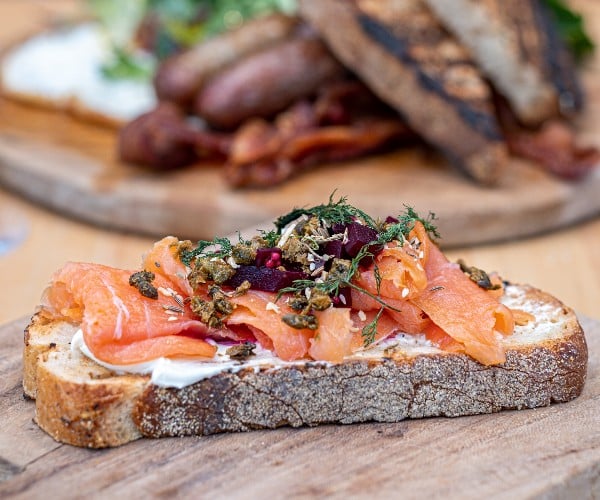
What do luxury travellers look for in a destination?
Luxury travelers are looking for unique, exclusive and personalised travel experiences, but again there can be differences from one luxury traveller to another. Take somewhere like Marbella in Andalusia, for instance – it’s a place where celebrities and luxury travellers not only seek exclusivity, but they also like to be seen. It’s one of those places where image is everything and where some – particularly celebrities – will often want to indulge in the glamour and extravagance of it all, happy to be seen in the city’s key locations. Contrast that with nearby Sotogrande which is equally exclusive, if not more so, but where privacy is paramount, and people don’t want to be seen. These are two very exclusive destinations that are very close to one another, that both appeal to luxury travellers, but each to a very different type of high end traveller.
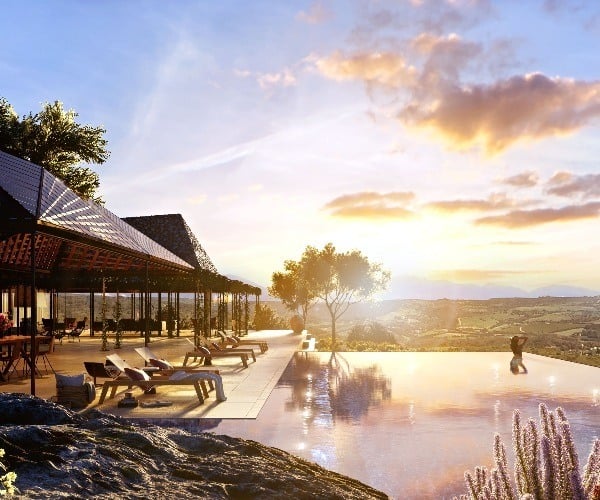
Similarly, the likes and dislikes of luxury travellers will vary in other aspects. Whilst some might crave a busy and vibrant city experience, others might go for something that is more off the beaten path, perhaps a destination rich in natural scenic beauty that allows them to connect with nature and enjoy the outdoors.
Some things that luxury travellers seek will be common to all, however – things like luxury accommodation and amenities, high end gastronomy, safety and security, and – perhaps most of all – impeccable service.
What do luxury travellers want to avoid?
It goes without saying that luxury travellers will want to avoid poor service and quality. They want to avoid anything that falls short of their expectations, such as below-par accommodation, food or service. They also want to avoid unnecessary inconvenience and hassle. Long queues, delays and poor service are not the domain of the luxury traveller. Luxury travellers will invariably be happy to pay a premium to ensure a better overall experience.
In short, luxury travellers will want to avoid what everyone else is doing. That means they tend to avoid crowds and mass tourism, in favour of a more tailored and personalised experience. They also tend to avoid destinations that might be considered unsafe, whether that be due to political instability, high crime rates or some other reason.

And whilst luxury travellers generally don’t mind paying more for a better experience, most are savvy enough to realise when they are being unreasonably overcharged. The savvy luxury traveller still wants to avoid unreasonable costs and expects transparency and value for their money.
What has been the most effective content you have seen to attract luxury travellers?
I think it’s important to stress that the first step in attracting luxury travellers is to get your product right. Whether you’re a luxury hotel, a luxury tour operator, a private jet broker or a luxury yacht charter company, the most important thing you can do is strive to attain the highest possible standards and levels of service. If you get this right, then everything else tends to fall into place much more easily. With the right product, all the hard work is done for you – the positive reviews tend to follow so long as standards are maintained.
IMPORTANT NOTICE:
If you are reading this article anywhere other than on A Luxury Travel Blog, then the chances are that this content has been stolen without permission.
Please make a note of the web address above and contact A Luxury Travel Blog to advise them of this issue.
Thank you for your help in combatting content theft.
I know this from first-hand experience – we own a separate small business that specialises in vacation rental accommodation where we live. At the moment, it is just one luxury riverside apartment, but we don’t take what we offer for granted. We are always striving to offer our guests the best possible experience. Reviews are important to us – we’re currently 5/5 on both Airbnb and Tripadvisor, and 9.8 out of 10 on Booking (OK, so that imperfection niggles a little!), but we never take this for granted. This year we re-furbished the property to ensure we continue to offer the highest standards – I believe you can never be complacent about your product and must always strive for the very best to satisfy the luxury traveller.
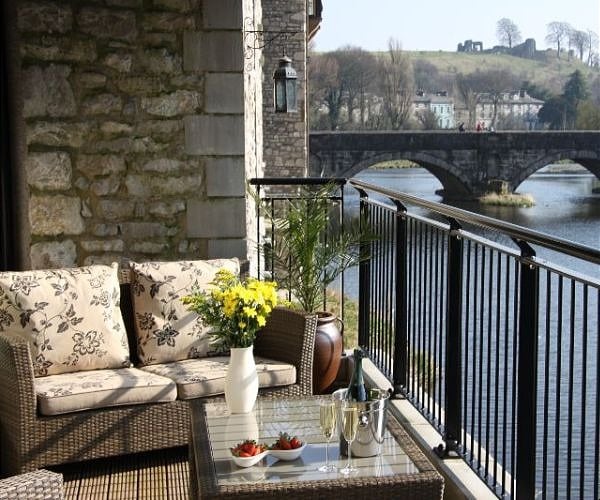
Contrast this with a high end restaurant on the Cote d’Azur that I was recently asked to review. Whilst it had a lot of 5-star reviews, it also had a lot of 1-star reviews and, when I delved deeper, common problems seemed to be one or two overly-aggressive staff, an inconsistent and poorly-communicated dress code (resulting in people being turned away at the door) and diners not being given sufficient time to enjoy their meals, with the restaurant hurrying guests up in order to try to squeeze in an additional sitting. Whilst some aspects of the product in this instance are clearly excellent, it was evident that there are still several areas that require improvement.
With the product right, the task really becomes one of awareness building. I don’t think you need to go for the ‘hard sell’ approach when it comes to luxury travel. Soft selling, through slowly building and generating awareness, is all that’s required if your product is a robust one that stands up for itself. Casting the net further and gaining more exposure to a wider audience, without any hard sell tactics, will be rewarded with more sales, particularly once online reviews and word-of-mouth gathers pace.
An old but great example of effective content that worked well in terms of appealing to luxury travellers was Tourism Queenland’s ‘The Best Job in the World’ campaign. Incredibly, it was said to generate 46,000 mainstream media stories, 230,000 mentions in blogs and vlogs, and even resulted in a BBC documentary, all the while inspiring millions of people to fall in love with Hamilton Island, a destination which has since attracted A-listers such as Oprah Winfrey, Taylor Swift and Leonardo DiCaprio.
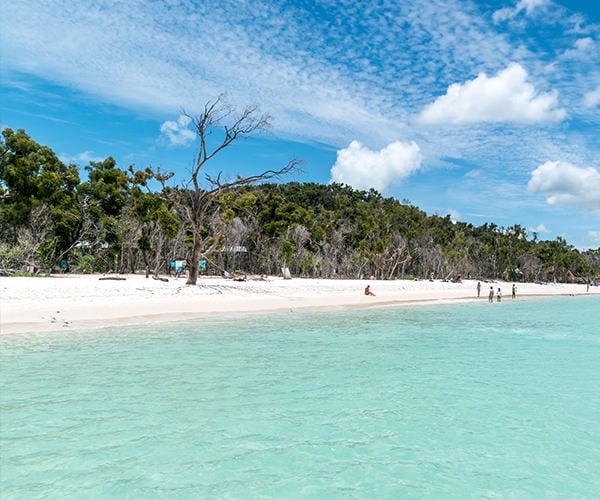
What do you do differently to attract luxury travellers?
One of the things that we do on A Luxury Travel Blog that is a little different is that we allow individual luxury travel businesses to have their own space on the site, which they can use to share editorial content as a means of generating awareness for their own services. They don’t these accounts to directly advertise, but rather to inspire would-be travellers and gain a following in the process.
A great example of this is the account for Calvin Cottar, the Owner of Cottar’s 1920s Safaris; Calvin uses A Luxury Travel Blog as a vehicle to regularly share content about safaris in Africa, particularly Kenya where he has his own camp. He has written pieces on taking children on a family safari to Kenya, packing tips for your first African safari and where and when to witness the Great Wildebeest Migration, to give just a few examples.
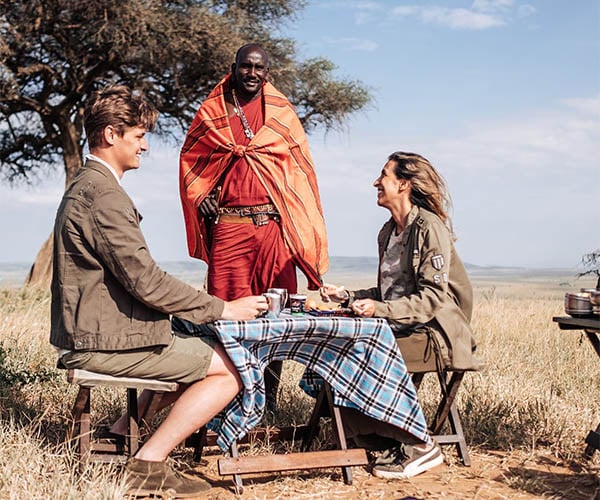
Another example is the account for Sandra Roig, Marketing Manager for AB Apartment Barcelona, a rental agency offering more than a thousand properties across the city, some very luxurious. Rather that just writing about rental properties (not so exciting), Sandra provides genuinely useful content for visitors to the city, covering everything from the best places to have brunch, where to rent luxury cars, and the best Michelin-starred restaurants in Barcelona. She has written more than one hundred articles about Barcelona for A Luxury Travel Blog, and no doubt enjoyed the success of many bookings simply by providing extensive and useful travel advice.
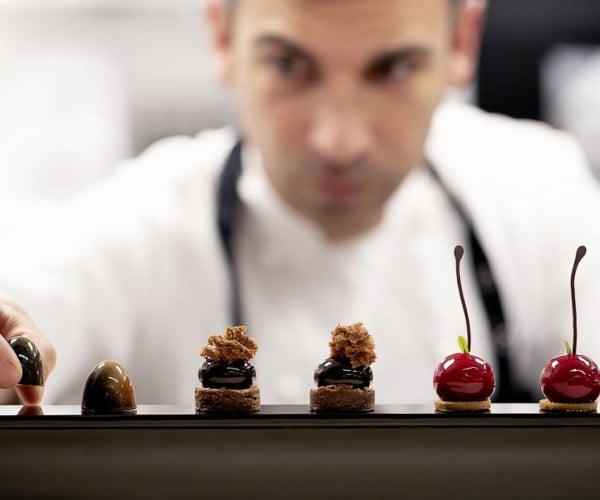
Did you enjoy this article?
Receive similar content direct to your inbox.


Generally, most business gurus would agree with your point on getting the product right. Most of us will be able to remember our early marketing lessons, having the 4Ps drilled into our minds. Certainly a good product is key but it is also essential to get the message out through promotion. And therein lies the problem, there are now so many promotional channels out there to get your message across. And which message is best for which media?
You are right, Gerald, although I do believe that with the right product, much of this becomes a whole lot easier, and that a really high class product has the ability to market itself through things like word of mouth advertising. As for promotion, though, I think it’s fair to say that different things will work for different people. One of the things highlighted in the panel discussion, for example, was that in the GCC market, visual platforms such as Instagram play a hugely significant role, whereas in other markets, longer form content such as blog posts carry greater significance. Knowing your market and what platforms they tend to use is therefore a crucial stepping stone in ensuring that your promotion is carefully targeted so that it works as effectively as possible.
Is it one of those areas of fast-moving business where by the time you sit down you wonder if things have already started to change?
Are you referring to changes in marketing to luxury travellers? If so, then sure… there are huge changes happening all the time. When you consider that the internet as we now know it has only been around for about 30 years, Facebook and Twitter each less than 20 years, Tiktok less than 10 years, and ChatGPT less than a year… then yes, the change is really fast. This isn’t something that is new to luxury travel marketing specifically, but that affects all marketing. You certainly can’t sit still or you’ll just be left behind.
To be a luxury traveller you are usually very busy earning the necessary dosh. Luxury travellers are busy and they’re only going to give you a minute or two of their previous attention. Is that why the image works so well?
Images (and videos) work well because they are attention-grabbing, particularly if they are super high quality. They are not the be-all and end-all to converting a potential customer into a paying one, but they can act as a spark towards that end goal. You make a good point, though… in this era where we have so many different things competing for our time and attention, something like an image that is quick and to the point (and might save you a lot of reading initially) can be highly effective. Don’t forget also, though, that the really high end travellers might well have assistants who book all their travel requirements on their behalf (and may have a little more time to do the necessary research).
I really find it quite sad that the ultra wealthy don’t book their own travel. For me, doing all the research on where to go and when is all part of the fun.
Sometimes I start looking at one place and then change my mind about what I really want. That couldn’t happen if I had an assistant doing the research.
Hi Brian – it wouldn’t surprise me if an assistant would present his/her boss with a range of options to choose from.
I know exactly what you mean, though – part of the fun of travel comes in the planning and all the anticipation that comes with that.
It could be time to update Robert Louis Stevenson’s famous quote, “Often it is better to research travel hopefully than to arrive”?
From my occasional travels, I feel that luxury properties are focusing more on privacy and giving guests space. Never having to share a lift, doing check-in at the suite itself and where appropriate providing accommodation that isn’t overlooked.
Those are exactly some of the things that come with a more exclusive experience, Lynne. Many of these attributes were given even more attention with the pandemic, in order to reduce contact, but I think some are here to stay now also.
Putting things together from people I know who work in the travel industry and some wealthy friends, it looks as if the luxury travel market continues to grow. Is that a fair judgement?
Definitely, Sue!
Source: GLOBE NEWSWIRE (8 March 2023)
Over the years I’ve really enjoyed the frequent posts on Barcelona. They’ve helped me to get to know the city when I’ve visited.
It’s a reminder that successful marketing isn’t just a flash in the pan. For long term success you have to take time to build a brand. It takes patience and perseverance.
Hi Sharon and Andy… definitely! Sandra’s been posting here on a regular basis since 2014, so has shared a huge amount of really useful information about the city.
Businesses often forget that word of mouth works both ways. There’s a statistic which says something like an unhappy customer tells three times as many people as a satisfied customer. Businesses ought to sort out problems quickly rather than pretend it isn’t a problem.
Very true, Peter. Or, to put it another way, “A happy customer tells a friend; an unhappy customer tells the world.”